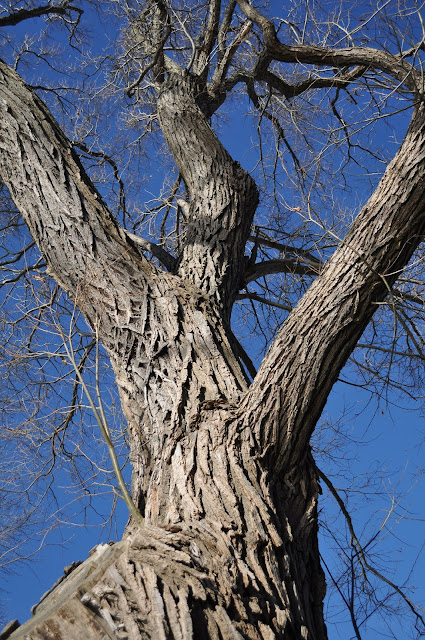Number 15
Gary tells me that after a long period of reading Andre Gide, he has now moved into what he likes to think of as a sort of "apprenticeship" (his word) to Andre Malraux. He recently showed me a passage in Malraux's Picasso's Mask (1976), where, in discussing "balance" in one of Picasso's sculptures, Malraux casually tosses into his discussion this quite brilliant phrase: "the trunk that brings order to the madness of branches." I wanted to use it here.
Number 14
Here is an arboreal model for wholeness, from Spanish poet Juan Ramon Jimenez: "Roots and wings--but let the wings take root and the roots fly."
Number 13
Perhaps because Gary and I have been re-watching many of Jean Cocteau's films with an intensity like never before, I had a perfect dream of standing in front of a majestic tree, that somehow transformed itself into a pipe organ and played all of Bach's The Art of The Fugue.
Number 12
In a preface to his book This Tree Will Be Here For A Thousand Years, American poet Robert Bly, recounted how "One day sitting depressed in a cabin on the shore of a small lake, I wrote about the depression:
Mist: no one on the other shore.
It may be that these trees
I see have consciousness,
and this desire to weep comes from them.
Number 11
"If these trees were suddenly to start walking, they would destroy everything in their path. But they choose to remain where they are...and instead of rage or fear, a silent tenacity possesses them. Animals flee or attack; trees stay firmly planted where they are. Patience: the heroism of plants."
----Octavio Paz, The Monkey Grammarian (New York: Seaver Books, 1981), pp. 5-6.
Subscribe to:
Posts (Atom)





